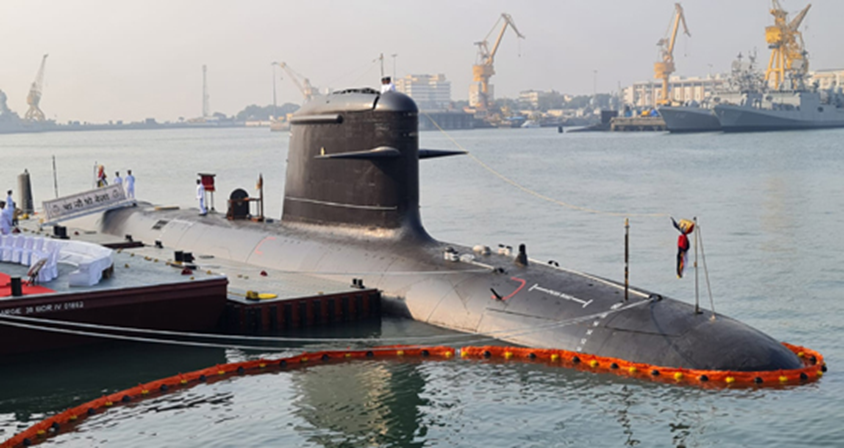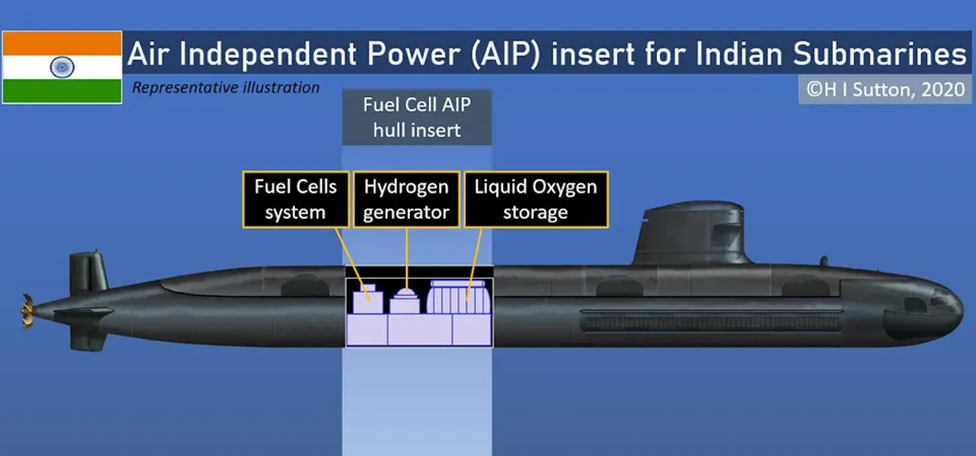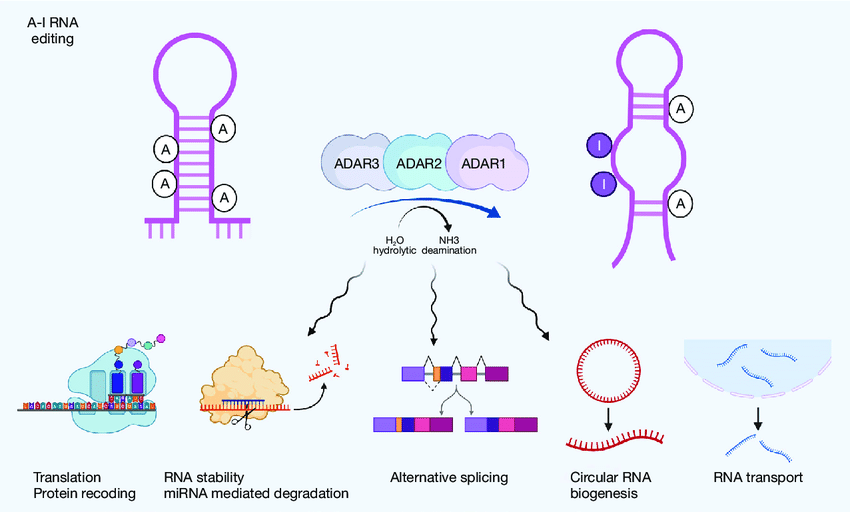- Courses
- GS Full Course 1 Year
- GS Full Course 2 Year
- GS Full Course 3 Year
- GS Full Course Till Selection
- Online Program
- GS Recorded Course
- NCERT (Recorded 500+ Hours)
- Polity Recorded Course
- Geography Recorded Course
- Economy Recorded Course
- AMAC Recorded Course
- Modern India, Post Independence & World History
- Environment Recoded Course
- Governance Recoded Course
- Science & Tech. Recoded Course
- International Relations and Internal Security Recorded Course
- Disaster Management Module Course
- Ethics Recoded Course
- Essay Recoded Course
- Current Affairs Recoded Course
- CSAT
- 5 LAYERED ARJUNA Mentorship
- Public Administration Optional
- ABOUT US
- OUR TOPPERS
- TEST SERIES
- FREE STUDY MATERIAL
- VIDEOS
- CONTACT US
Indigenous Conventional Submarine Development: DRDO
Indigenous Conventional Submarine Development: DRDO
02-07-2024

- Introduction
- The Defence Research and Development Organisation (DRDO) has begun a preliminary study on the design and development of an indigenous conventional submarine under Project-76.
-
Project-76: Indigenous Conventional Submarine
- The DRDO received approval from the defense ministry to conduct a preliminary study to determine the project's contours.
- The study is expected to take up to a year, after which a formal case will be presented to the Cabinet Committee on Security (CCS) for project sanction.
- Project-76 aims to have substantial indigenous content, including weapons, missiles, combat management systems, sonars, communications, Electronic Warfare suites, masts, and periscopes.
-
Continuation of Advanced Technology Vessel (ATV) Project
- Project-76 is a continuation of the Advanced Technology Vessel (ATV) project, which focuses on building conventional submarines.
- The ATV project includes the Arihant series of nuclear ballistic missile submarines (SSBN) and another project for building nuclear-powered submarines (SSN) currently underway.
-
Navy's 30-Year Submarine Building Programme
- The Navy has a 30-year submarine building program, and after the P-75I, it intends to design and build conventional submarines indigenously.
-
Air Independent Propulsion (AIP) Module

-
- An Air Independent Propulsion (AIP) module designed and developed by DRDO is awaiting fitment on the Scorpene class submarines.
- The first Scorpene-class submarine, Kalvari, is expected to undergo a refit in 2025, when the fitment process will begin and is expected to take 2-3 years.
- The AIP module acts as a force multiplier, enabling conventional submarines to remain submerged for longer durations, increasing endurance, and reducing detection chances.
-
DRDO-Developed AIP Module
- The DRDO-developed AIP module is phosphoric acid-based and widely available.
- The power output of each fuel cell in the DRDO AIP is 13.5 kW, which is being scaled up to 15.5 kW and eventually to 20 kW to meet future submarine requirements like Project-76.
- The final configuration of the AIP is a stack of 24 fuel cells, with the overall output higher than the requirement to build in redundancy and optimise performance.
What is Air-Independent Propulsion (AIP)?
Air-Independent Propulsion (AIP) is a technology that allows non-nuclear submarines to operate without access to atmospheric oxygen, which is typically required for diesel engines to function. This enables submarines to stay submerged for much longer periods, increasing their stealth and operational range.
How AIP Works
There are several different AIP systems, but they generally work by either:
-
Generating oxygen on board:
- Electrolysis: Water is broken down into hydrogen and oxygen using electricity. The oxygen is used for combustion, and the hydrogen is either stored or vented.
- Chemical oxygen generation: Certain chemicals, like sodium chlorate or potassium perchlorate, release oxygen when heated.
-
Using stored oxygen:
- Liquid oxygen (LOX): Oxygen is stored in liquid form and used for combustion.
- High-pressure air: Air is compressed and stored at high pressure, then released and used for combustion.
-
Using fuels that don't require oxygen:
- Fuel cells: Hydrogen and oxygen are combined in a fuel cell to produce electricity, with water as the only byproduct.
- Closed-cycle diesel engines: These engines use stored oxygen or other oxidizers for combustion, and the exhaust is scrubbed and recirculated.
- Stirling engines: These closed-cycle engines use an external heat source to power a piston, which drives a generator.
Common AIP Systems
- Fuel Cell AIP: The most common type, known for its quiet operation and efficiency. Examples include the German Type 212 and the Indian Kalvari class submarines.
- Stirling AIP: Used in Swedish Gotland and Södermanland class submarines, known for its reliability.
- Closed-Cycle Steam Turbine AIP: Used in the French MESMA system, known for its power output but less efficient than other AIP systems.
Advantages of AIP
- Increased Submerged Endurance: AIP-equipped submarines can stay submerged for weeks, compared to days for conventional diesel-electric submarines.
- Reduced Acoustic Signature: AIP systems are quieter than diesel engines, making the submarine harder to detect.
- Greater Operational Flexibility: AIP allows submarines to operate in areas where snorkelling would be risky.
Disadvantages of AIP
- Higher Cost: AIP systems are complex and expensive to develop and maintain.
- Lower Power Output: AIP systems typically produce less power than diesel engines, limiting the submarine's speed underwater.
Despite the drawbacks, AIP technology is a significant advancement in non-nuclear submarine capabilities. It provides a significant tactical advantage in underwater warfare and is being increasingly adopted by navies worldwide.
About Project-76:Project-76: India's Indigenous Conventional Diesel-Electric Submarine Development
|
Must Check: Best IAS Coaching In Delhi



